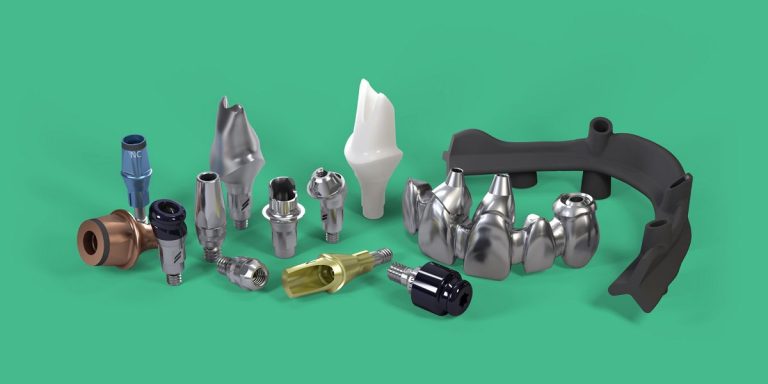The periodontal disease is an inflammatory, infectious disease caused by bacteria colonizing the oral cavity, it is not a localized disease, representing a very important risk factor for certain diseases.
The researchers showed that the patients with periodontal disease are more susceptible with 49% to be diagnosed with kidney cancer, 54% with pancreas cancer and with 30% more predisposed to develop leukemia.
The bacteria growing at the level of the oral cavity can be aspired into the lungs and they can cause pneumonia, especially in the patients diagnosed with periodontal disease. The periodontal disease increases the risk of the heart disease and can exacerbate an existing illness.
The patients with diabetes are more susceptible to develop the periodontal disease that can be considered a complication of the diabetes, particularly in the patients who does not keep this illness under control. It is more difficult for the patients with diabetes and periodontal disease to keep control the sugar level in the blood under control.
The inflammation caused by the periodontal disease can be associated with the prostate inflammation. The bacteria causing the periodontal disease can travel through their circulatory system and they can penetrate to the placenta level, causing a premature birth.
The periodontal disease represents an infectious illness that, unless treated, leads to the progressive loss of the teeth, and it is a silent disease. Symptoms: gums with an increased, inflamed volume, with a red-violaceous colour, spontaneous bleeding or bleeding during the brushing, dental mobility, the teeth seem longer that other, unpleasant smell of the oral cavity, pus between the gum and the tooth, loss of the teeth or increase of the interdental spaces.
The periodontal disease can be successfully treated by a correct and full treatment, comprising several stages with the final purpose of dislocating the biofilm of the sub-gingival plaque, the reduction of the periodontal pockets, the restoration of the gum structure and function, of the alveolar bone, radicular cement and periodontal ligament.
Prevent or diagnose the periodontal disease by a general dental examination every 6 month, together with a periodontal examination of each tooth, measuring the depth of the spaces (periodontal pockets) between the tooth and the gum plus the bleeding at this level. The identification of bleeding and periodontal pockets of more than 4 mm is a way to detect the presence of gingivitis or periodontal disease.


